The difference between plasma cladding and laser cladding
Plasma cladding is widely used in the wear-resistant, temperature-resistant, and corrosion-resistant treatment of mechanical components, and plasma cladding equipment has been widely used in various industries.
With the rapid development and wide application of laser technology, laser cladding equipment has also gradually begun to be applied in various industries. Here, it is necessary to comprehensively compare the differences between the two.
1. Technical Characteristics
The plasma arc used in plasma cladding utilizes various constraint mechanisms to fully utilize the high temperature and high penetration capabilities of the arc plasma zone, making a qualitative change in the characteristics of the arc. The compressed arc has a very high temperature, and the arc shape changes from conical to cylindrical, thus giving plasma cladding a series of advantageous process characteristics. Plasma cladding is generally continuous operation, the workpiece cooling speed is relatively slow, and the transition zone formed is deeper than that of laser cladding, which is better for stress release in hard alloy materials.
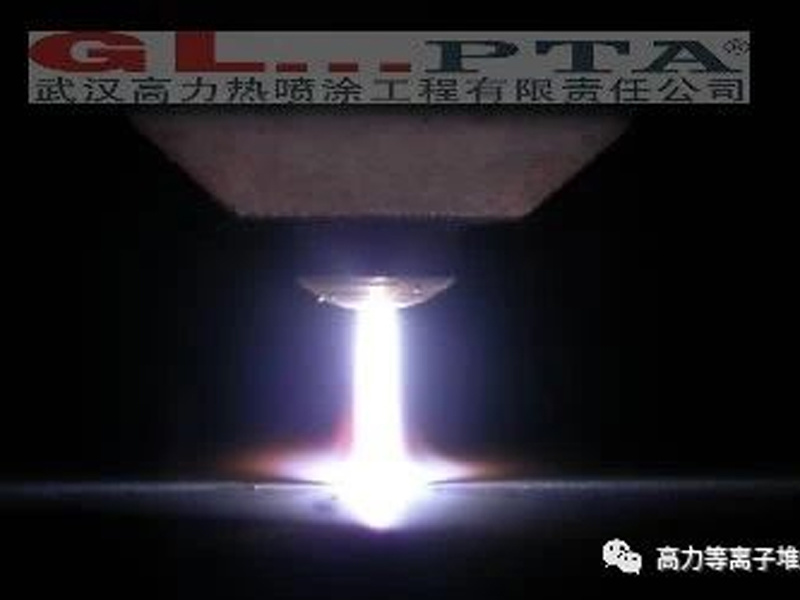
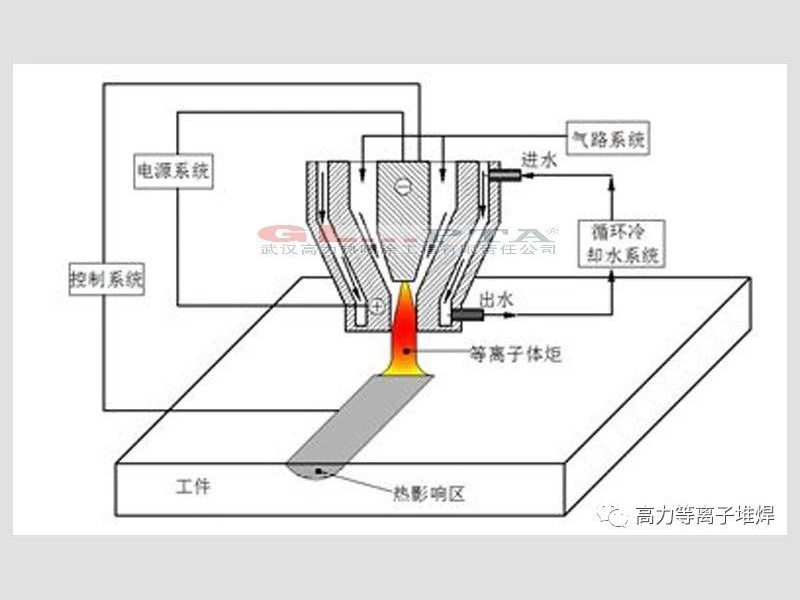
Laser cladding adds cladding material to the surface of the substrate and uses a high-energy-density laser beam to melt it together with a thin layer on the surface of the substrate. After the molten pool solidifies, a surface coating with extremely low dilution and metallurgical bonding with the base material is formed, thus significantly improving the wear resistance, corrosion resistance, heat resistance, oxidation resistance, and electrical properties of the base material surface. The most important characteristics of laser cladding are concentrated heat, fast heating, fast cooling, and a small heat-affected zone, especially for melting between different materials, which has characteristics that other heat sources cannot match. This special fast heating and fast cooling process of laser cladding produces a special microstructure in the casting area, and can even produce an amorphous structure, which is particularly obvious with pulsed lasers. This is the reason for the so-called laser cladding without annealing and deformation.
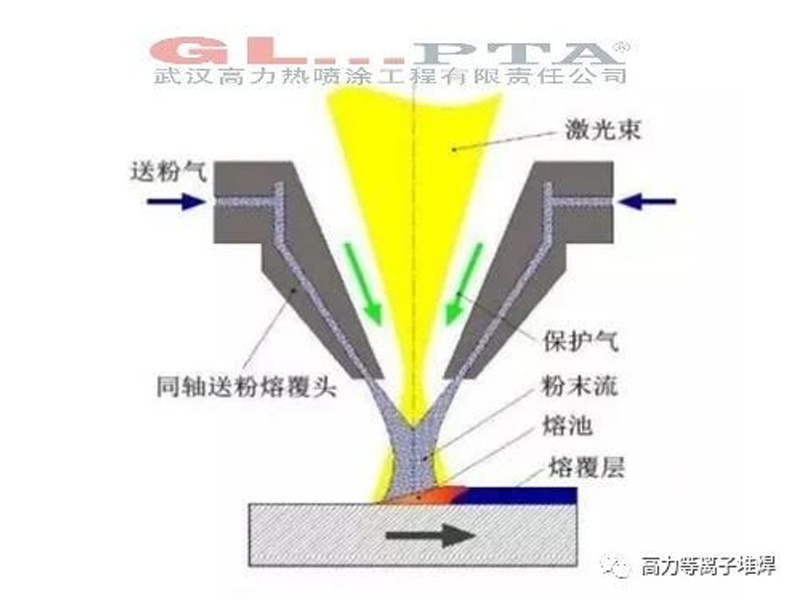
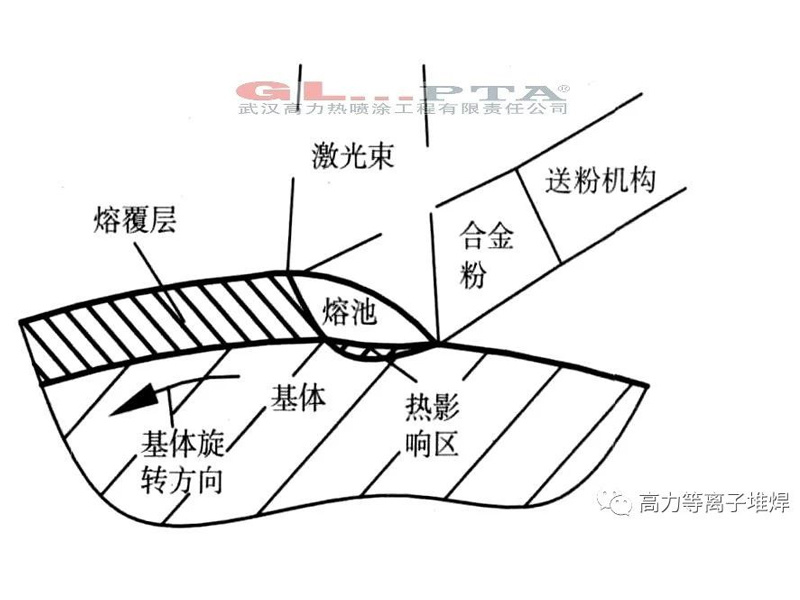
2. Equipment Characteristics
Plasma cladding equipment generally consists of a plasma spraying power supply, an electrical control system, a mechanical device, a gas path system, a water cooling system, and a plasma welding torch. The design of plasma cladding equipment is based on meeting process requirements. The performance of the main components and basic circuits that make up the equipment will affect the quality of the cladding layer and the stability of the process. With the advancement of electrical technology, China's plasma arc welding power supply technology has sufficient support.
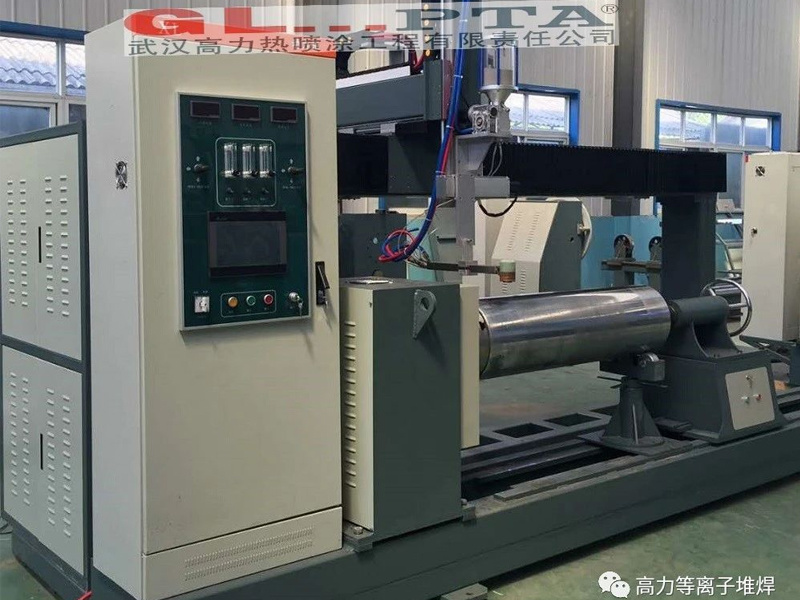

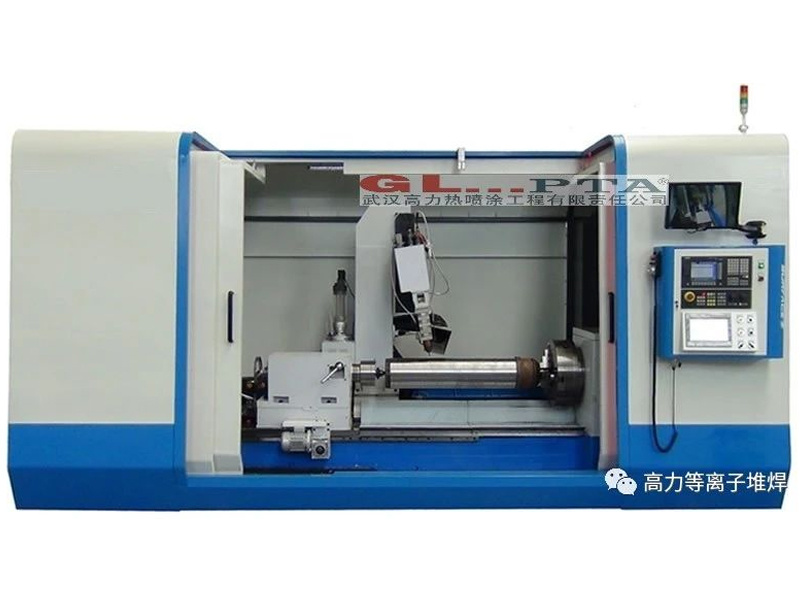
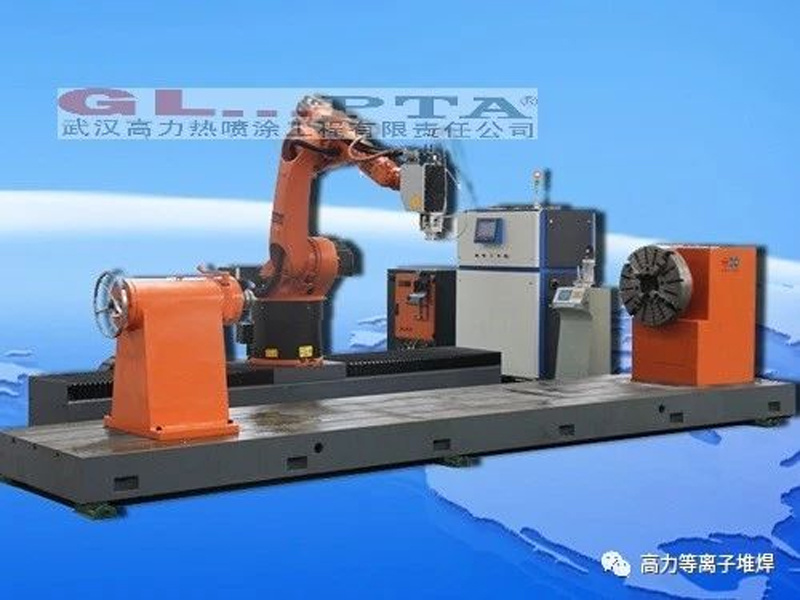
3. Process Characteristics
(1) Preprocessing
Plasma cladding only requires rust removal, cleaning, and fatigue layer removal.
Laser cladding generally requires polishing, degreasing, derusting, cleaning, and fatigue layer removal, which is more meticulous than plasma cladding.
(2) Powder Feeding
Plasma cladding uses argon gas as the powder feeding gas, and the powder is fed through the welding torch nozzle or externally, and the powder feeding outlet can have a certain inclination. This facilitates manual plasma cladding operations and is suitable for on-site repair of workpieces.
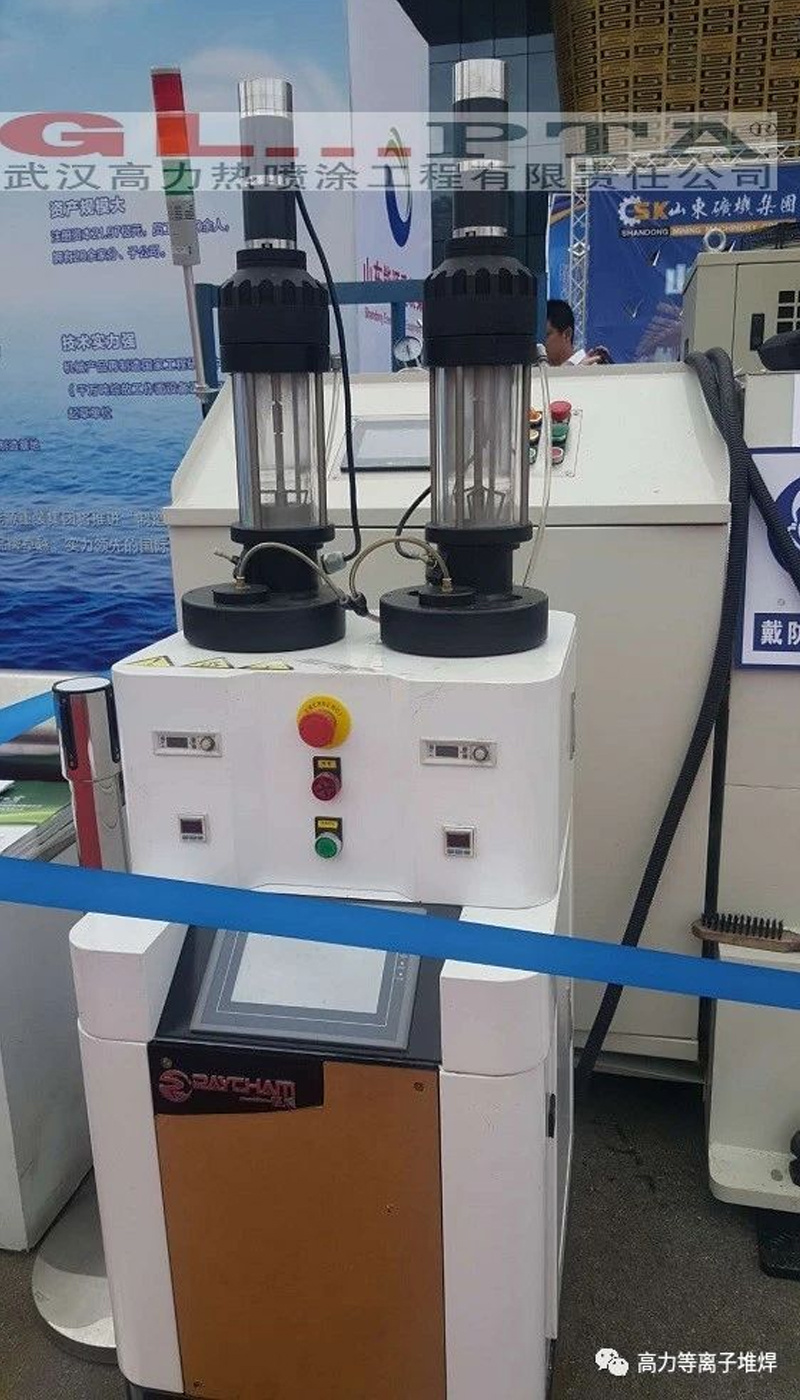
(3) Molten Pool State
Plasma cladding has good stability, and the formation of the molten pool is easy to control. The cladding alloy material and the body are fully fused, and the regional transition is good.
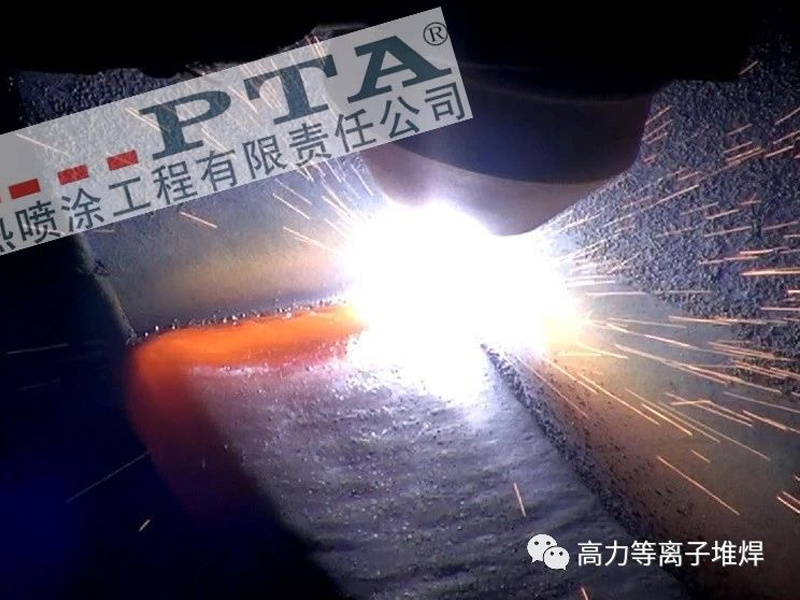
Due to the high control accuracy of the laser, the constant output power, and the absence of arc contact, the size and depth of the molten pool are consistent, and the heat-affected zone of the molten pool is much smaller than that of plasma cladding.
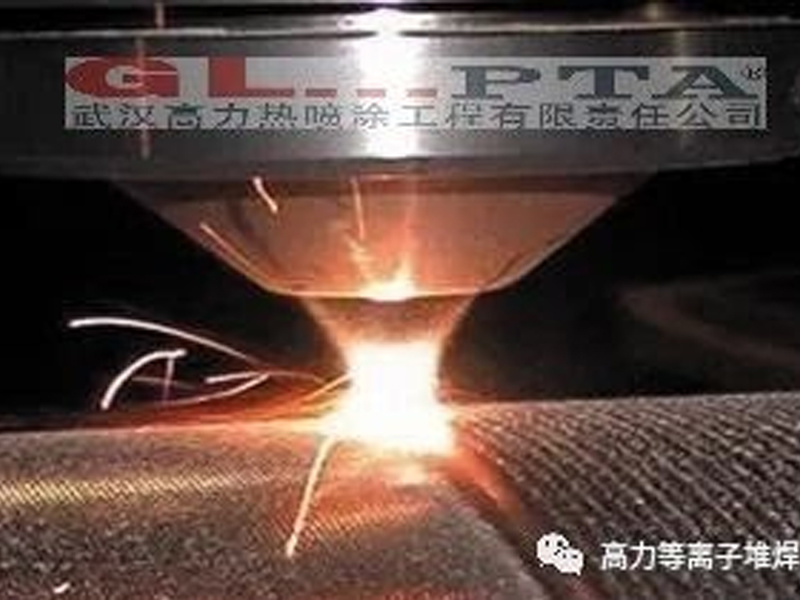
(4) Material Selection
Plasma cladding uses plasma arc heating, which has fewer material limitations and a wider range of material choices. Generally, iron-based, nickel-based, cobalt-based, copper-based, and high-temperature ceramic materials can be used. Cladding of carbide and oxide materials is relatively easier.
Laser cladding has greater limitations on material selection due to the different absorption capacities of different materials for different wavelengths of lasers. Lasers are more suitable for some materials such as nickel-based self-melting alloys, and cladding of carbides and oxides is more difficult.
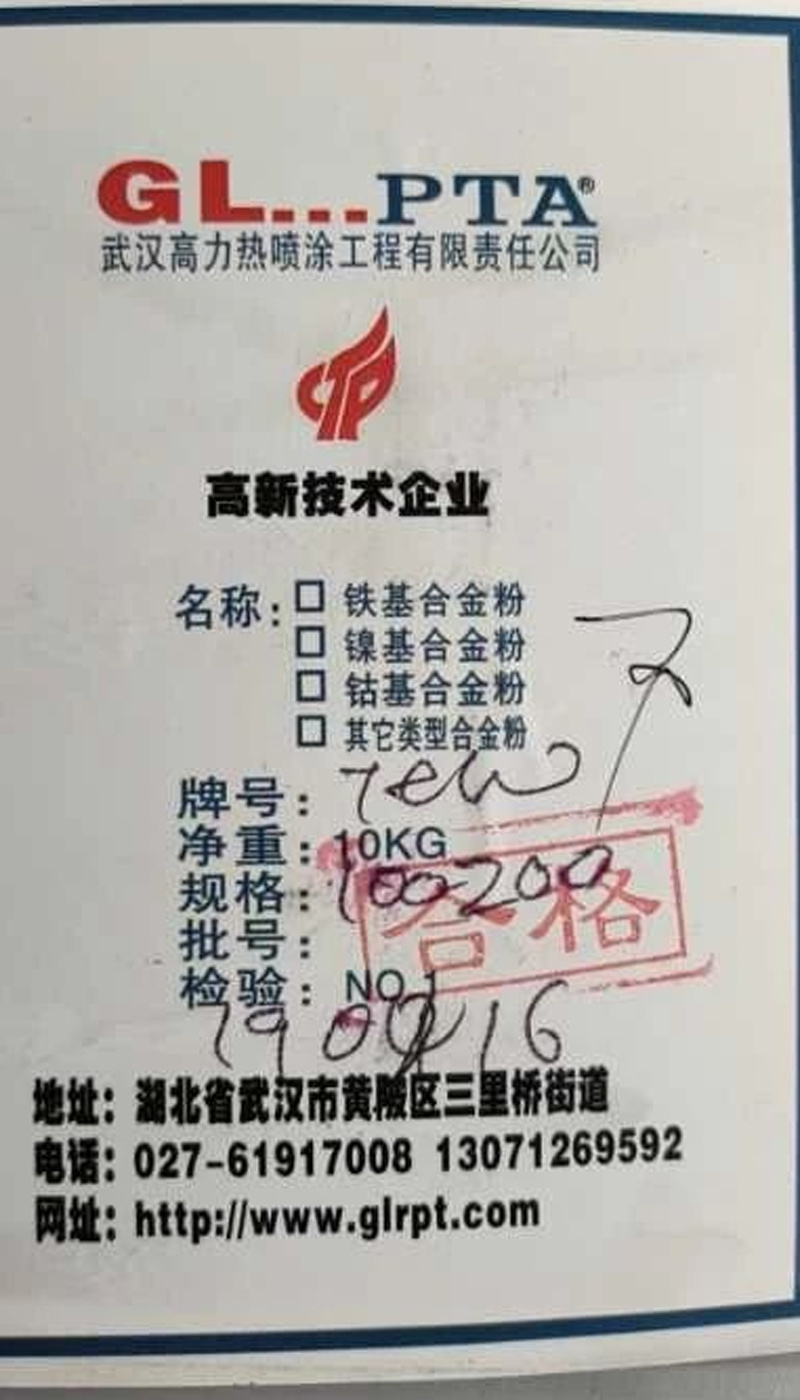
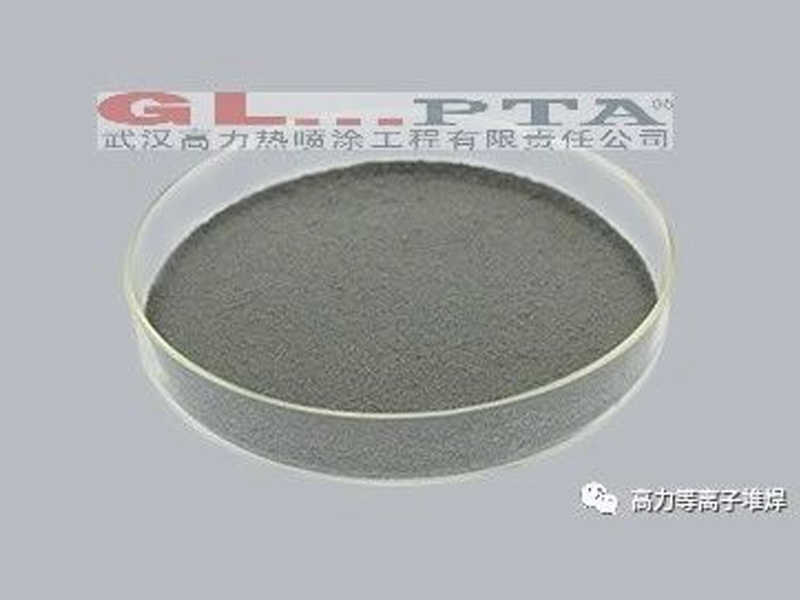

Related Information
RELATED INFORMATION
2022-08-26 10:09
2022-08-16 15:13
2022-08-08 10:10
Leave a message
MESSAGE CONSULTATION









